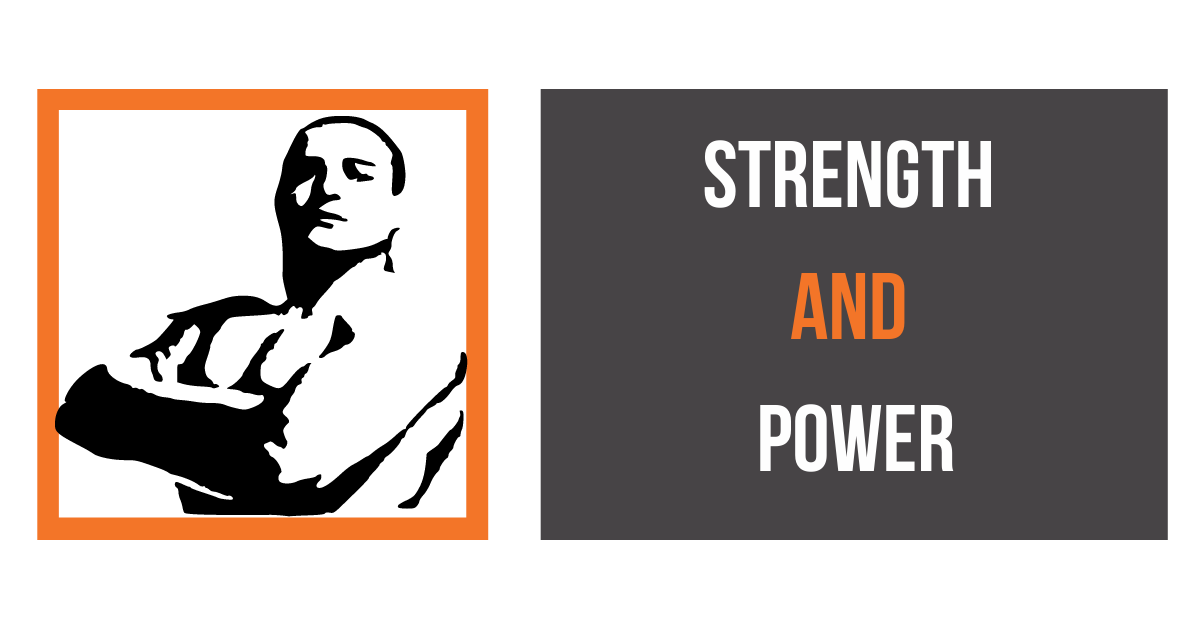GET IN TOUCH TODAY!
"*" indicates required fields

After completing a structured body composition programme you may want to consider progressing onto a programme that develops maximal strength and power. Not only can these programmes be very fun but if you play any kind of sport then a good strength and power programme can help you to run faster, jump higher, throw further and hit harder 👊
Strength: The ability of the muscles to exert maximal force against a high resistance.
Power: The ability to exert maximum muscular contraction instantly in an explosive burst of movement (within a short time frame).
When you train for strength and power it is about quality, not quantity. Most of the time when we train we push our muscular system and our cardiovascular system to fatigue. However, when we train for strength and power we are training our nervous system instead. In order to do this, we need to lift heavy and fast. This should not be attempted with high volumes of training that exhaust the muscles and increase injury risk. As I said quality, not quantity. The table below offers some guidance.
| Strength | Power |
| 1-5 reps | 1-5 reps |
| 2-6 sets | 2-6 sets |
| 2-5 minutes rest between sets | 2-5 minutes rest between sets |
| >85%1RM | 30-90%1RM |
You will notice that training for strength and power look very similar. Training for one will have a positive impact on the other however, there are some subtle differences.
When we train for maximal strength we do this with very heavy loads >85%1RM. This encourages our nervous system to recruit more motor units. This essentially means we utilise more muscle fibres that we already had but were not previously voluntarily accessing. We also train them to fire simultaneously which results in greater force production. Imagine the difference between everyone in a tug of war pulling at the same time versus everyone pulling intermittently.
When we train specifically for power we use loads between 30 and 90%1RM which allows us to move them much faster and more explosively. This trains our nervous system to increase the speed of contraction resulting in greater power.
Check out the table below for more guidance on %1RM and suitable methods to achieve the correct percentages.
| Objective | %1RM | Suggested Activities |
| Maximum strength | 90-100% 1RM | Powerlifting |
| Strength speed | 80-90% 1RM | Olympic lifts |
| Peak power | 30-80 | Olympic lift derivatives |
| Speed strength | 30-60 | Loaded jumps and throws |
| Maximum velocity | <30 | Jumps, sprints, plyometrics |
As they say in the strength and conditioning world:
Surf the curve!
In the next article, I explain how I also like to train with what I call a hybrid training programme that covers all components of fitness at once.
If you would like to learn more and achieve a level 4 qualification then check out our level 4 course in strength and conditioning, if you think your career would benefit from adding this additional qualification to your portfolio then get in touch via the form below:
"*" indicates required fields